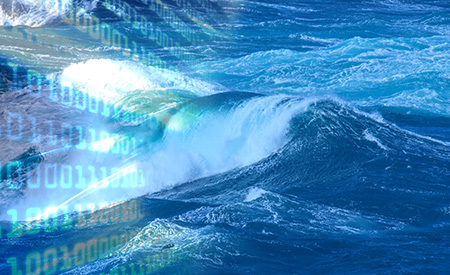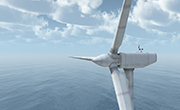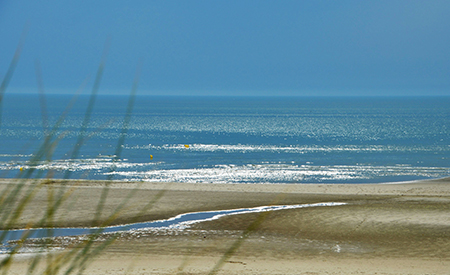France Energies Marines
Type of resources
Available actions
Topics
Keywords
Contact for the resource
Provided by
Years
Formats
Representation types
Update frequencies
status
Resolution
-

The objective of the DTOceanPlus project was to develop a software suite of open source advanced tools for the selection, development and deployment of ocean energy systems. DTOceanPlus project made it to develop and demonstrate an open source sotftware suite of second generation design tools for ocean energy technologies including sub-systems, energy capture devices and arrays. These tools support the entire technology innovation process, from concept, through development, to deployment. More broadly, the project also provided an industry standard for communicating technology descriptions throughout the sector. To complement the numerical work, an extensive market analysis of the ocean energy sector is publicly available.
-
This document identify and analyse different damage initiation mechanisms and their propagation through the dynamic cable. It will consist on building failure scenarios from initiation, propagation and final failure steps, and put the degradation mechanisms in relation with the nature of stresses that has been at the origin of the failure.
-

The objective of the ARCWIND project was to assess the feasibility of floating wind farms in deep waters in the Eastern Atlantic.
-
Project flyer and summary presenting its outcomes
-

This document briefly presents the methodology used to build the Ecosim and Ecospace models representing the extended Seine Bay ecosystem as well as the main results.
-
This document aims at listing in an exhaustive way, the different failure modes that can appear on dynamic subsea cables. For this purpose, it include a full and detailed literature review in order to better understand the different modes of degradation and identify the most significant mechanisms of failure across and along cables. Damage of the dynamic cables could be induced by different parameters, including electrical stress, mechanical loadings, water ingress or overheating, which can all lead to a partial or total loss of their electrical transport capacity.
-

This document is the second annual report on dissemination and communication activities regarding DTOceanPlus project.
-

The Structured Innovation (SI) design tool forms part of the DTOceanPlus suite of second-generation open source design tools for ocean energy. The SI tool comprises innovation methodologies which can enhance concept creation and selection in ocean energy systems (including sub-systems, energy capture devices and arrays), enabling a structured approach to address complex ocean energy engineering challenges where design options are numerous, and thus it can facilitate efficient evolution from concept to commercialisation.
-

Deliverable D5.2 “Site Characterisation – alpha version” of the DTOceanPlus project include the details of the Deployment Tool module: “Site Characterisation” (SC), and it represents the result of the work developed during the task 5.3 of the project. This document summarises both the functionalities as well as the more technical aspects of the code implemented for this module.
-

A coherent set of requirements have been developed for the DTOceanPlus suite of design tools based on analysis of gaps between tools in mature industries and those in the ocean energy industry, learning from the original DTOcean project, and the stakeholder expectations identified in the user consultation exercise. The technical requirements in this document are translated from the general requirements for the overall suite of tools, and specific requirements (functional, operational, user, interfacing, and data) for the Stage Gate design tool that will be developed as part of this project.
 Catalogue PIGMA
Catalogue PIGMA